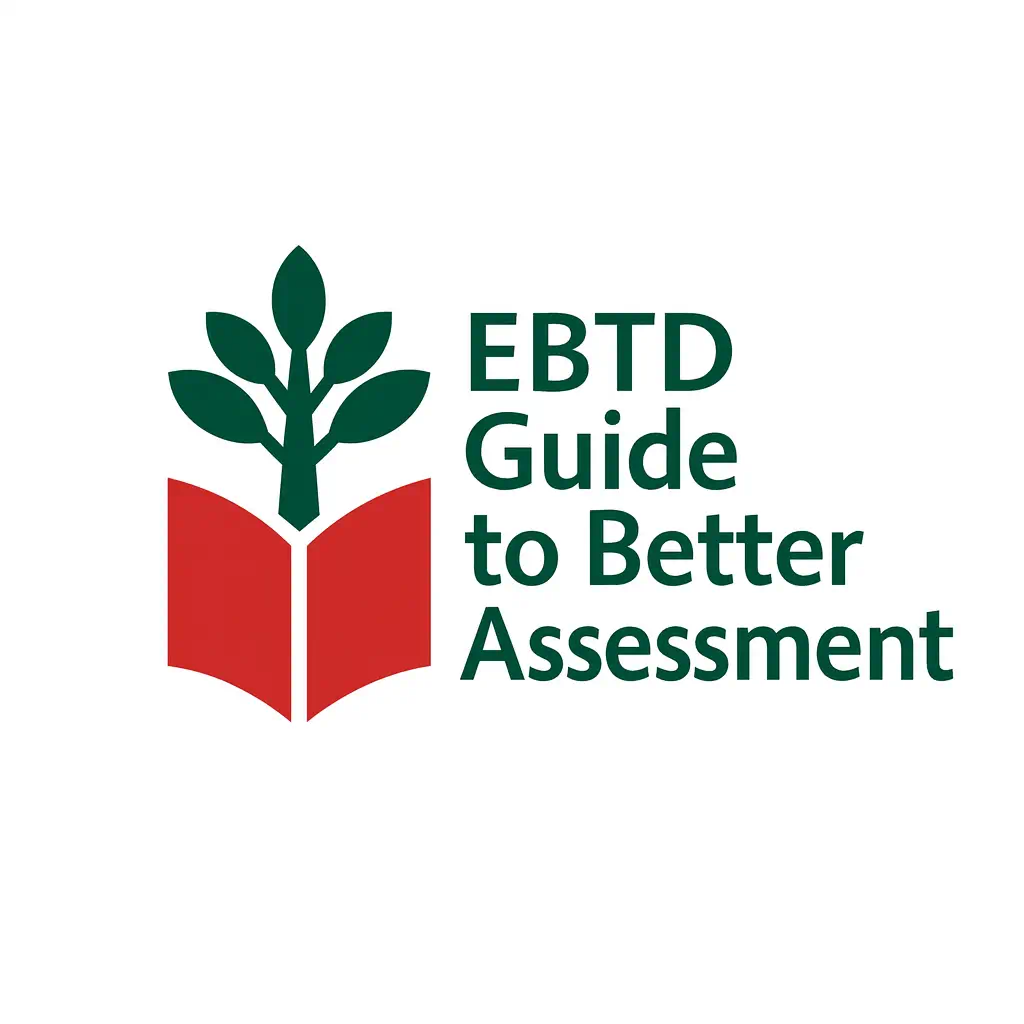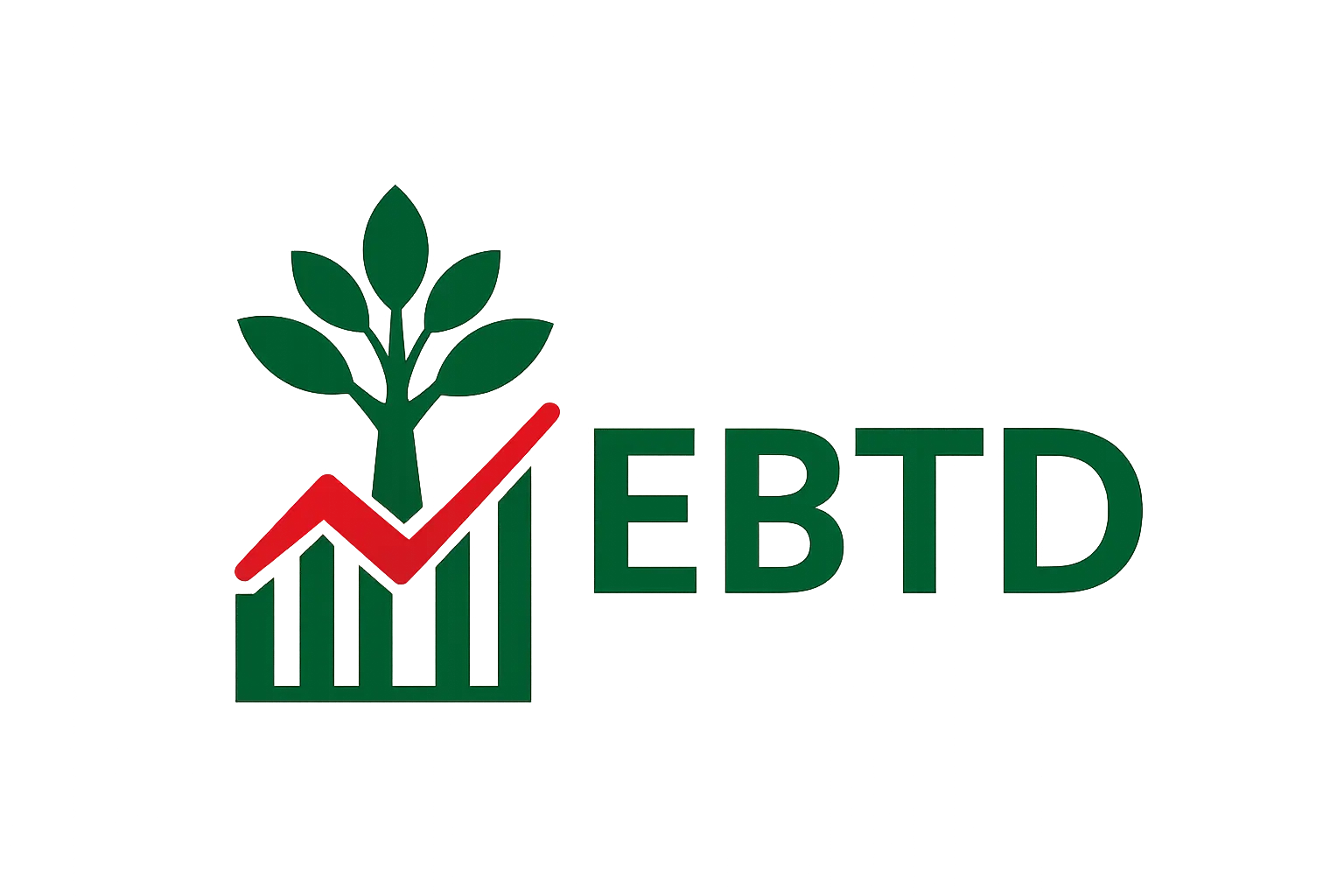
EBTD Guide to Better Assessment
Developing Assessment Expertise for Teachers and Leaders in Bangladesh (BD)
EBTD Guide to Better Assessment – Developing Assessment Expertise
Why Assessment Deserves Our Best Thinking
Assessment is the bridge between teaching and learning — the moment we find out what really happened after the lesson ends. As Daisy Christodoulou reminds us, assessment done well “turns teaching into knowledge.” Done poorly, it turns effort into noise.
For too long, teachers have been asked to assess without being shown how. This guide changes that. The EBTD Guide to Better Assessment helps teachers in Bangladesh develop real assessment expertise — not by adding paperwork, but by strengthening professional judgement. It shows how to design, interpret, and use evidence that genuinely improves learning.
This isn’t about testing more. It’s about testing better — to understand what students know, how they know it, and what to do next.
How the Guide Works
Each part focuses on one essential principle, building your confidence step by step. Together, they move you from writing questions → interpreting evidence → taking action.
Phase 1: Design Principles – How to Write Valid Questions
Good assessment starts with good design. Phase 1 focuses on the ingredients that make a question valid, fair, and reliable — so your evidence actually means what you think it means.
- Alignment – Test Exactly What You Taught
Match every question precisely to your teaching — no hidden traps, no accidental topic drift. - Curriculum Progression – Build Questions Step by Step
Design sequences that mirror how understanding develops, not how fast students recall. - Construct-Irrelevant Difficulty – Test the Concept, Not the Language
Remove distractions and linguistic barriers so every learner can show what they really know. - Calibrating Difficulty – Finding the Sweet Spot
Balance accessibility and challenge to reveal both mastery and misconception.
Phase 2: Equity and Purpose – Making Assessment Meaningful for All Learners
Assessment should work for everyone — not just the confident, fluent, or fast. This phase focuses on fairness and purpose, ensuring that every mark, grade, or comment genuinely serves learning.
- Fairness and Accessibility – Giving Every Student a Fair Chance
Make equity a design principle, not an afterthought. - Purpose and Balance – Formative and Summative in Harmony
Use assessment for learning as well as of learning to build a cycle of improvement, not judgement.
Phase 3: Implementation – Using Assessment Evidence with Impact
In the final phase, assessment becomes action. Move from designing great questions to interpreting evidence and using it to shape what happens next — in lessons, departments, and schools.
- Question Type and Cognitive Demand – Choosing the Right Tool
Match question types to the right level of thinking — and write MCQs that diagnose, not just test. - Feedback and Next Steps – Turning Evidence into Action
Transform results into next steps — feedback that changes learning and teaching for the better.
Why It Matters
When assessment becomes more accurate, everything improves:
- Teachers teach with greater clarity.
- Students understand what success looks like.
- Schools focus on progress, not pressure.
Across Bangladesh, teachers collect marks each term — but far fewer turn those marks into meaningful insight. This guide, and the professional learning built around it, helps to close that gap.
Building Professional Confidence
By working through this series, you’ll learn to:
- Design valid, purposeful questions that reveal genuine understanding.
- Use evidence to guide re-teaching and differentiation.
- Communicate outcomes clearly to students, parents, and leaders.
- Lead a culture of fairness, evidence, and reflection in your school.
Hear from the Team
In this short video, the EBTD team discuss why assessment is central to improving teaching and learning. They explore how purposeful feedback, well-designed formative tasks, and clear success criteria can help teachers in Bangladesh make learning visible — and ensure every student progresses with confidence.
Frequently Asked Questions
Clear answers about the EBTD Guide to Better Assessment — a free, evidence-based resource for teachers and leaders in Bangladesh (BD), with an optional professional course for those who want to go deeper.
What is the EBTD Guide to Better Assessment?
It’s a free, evidence-based series that helps teachers in Bangladesh build genuine assessment expertise. Instead of adding paperwork, it strengthens professional judgement—showing how to design, interpret, and use evidence that truly improves learning.
Why does assessment deserve our best thinking?
Assessment is the bridge between teaching and learning—the moment we find out what really happened after the lesson ends. Done well, it turns effort into insight; done poorly, it turns effort into noise. The guide helps teachers move from collecting marks to making meaning.
How is the guide structured?
It follows three phases: Phase 1 – Design Principles (valid, fair, reliable questions), Phase 2 – Equity & Purpose (fairness, accessibility, formative vs summative balance), and Phase 3 – Implementation (interpreting evidence, giving feedback, and taking action). Each part builds your confidence step by step.
Who is it for?
Teachers, middle leaders, and senior leaders in BD who want to improve how assessment supports learning. It’s equally suited to English-medium, Bangla-medium, and bilingual contexts.
What does it mean to “test better, not more”?
The guide shows how to design assessments that reveal what students actually understand—focusing on validity, fairness, and purpose—rather than increasing testing frequency. It’s about smarter evidence, not more exams.
How does the guide help teachers in Bangladesh (BD)?
All examples, question types, and case studies are drawn from Bangladeshi classrooms. It recognises real conditions—large groups, varied language levels, and exam-driven systems—and offers realistic, high-impact strategies for these contexts.
What kinds of principles will I learn?
Key ideas include: Alignment (testing what you actually taught), Curriculum Progression (sequencing questions), Fairness & Accessibility (designing for all learners), and Feedback & Next Steps (turning evidence into action).
Is the guide really free?
Yes. The full Guide to Better Assessment is completely free to read and share through the EBTD Research Hub. It’s part of our mission to make evidence accessible to every teacher in Bangladesh.
What if I want to go deeper or apply it with support?
For teachers and leaders who want guided application, EBTD offers the Professional Course – Developing Assessment Expertise. It’s a blended programme with six online modules and two in-person days in Dhaka, turning the guide’s principles into practical mastery.
What does the professional course include?
Participants design valid questions, analyse student evidence, and plan actionable feedback with coaching support. It combines templates, peer collaboration, and local examples—building confidence to lead assessment in your school.
How long does the professional course take?
It runs as a short blended cycle—typically six online modules plus two face-to-face days—so teachers can apply learning between sessions and bring back real classroom evidence for discussion.
Can schools run it as part of their own training plan?
Yes. Schools can host a private cohort aligned with their priorities (e.g., improving feedback, aligning internal assessments, or building moderation expertise). EBTD can tailor delivery to your context and timetable.
How do I get started?
Start with the free online guide, then decide if you’d like structured professional learning. Contact EBTD to discuss the professional course or a school-based cohort.
Next Step: The EBTD Professional Course – Developing Assessment Expertise
For teachers who want to go beyond the guide, we’re developing a blended professional course with six online modules and two in-person training days in Dhaka. You’ll apply every principle to your own classroom, supported by templates, peer feedback, and coaching.
- Build practical expertise — not paperwork.
- Tailored for Bangladeshi classrooms — large groups, diverse learners, local curricula.
- Turn assessment into a professional strength.
Register interest via the EBTD Newsletter
Start Here
Ready to strengthen your assessment practice? Begin with the first principle:
Start → Alignment: Test Exactly What You Taught
If you found this useful, join the EBTD newsletter for monthly, research-backed tips, free classroom tools, and updates on our training in Bangladesh — no spam, just what helps. Please share this guide so more teachers can benefit. Together, we can improve outcomes and change lives.
